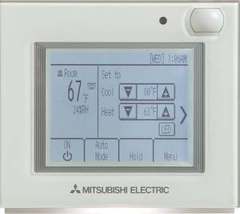Builders who use the International Association of Plumbing and Mechanical Officials’ Water Demand Calculator for residential projects can achieve significant savings due to its improved methods for determining proper pipe sizing, a third-party engineering firm’s study has found.
IAPMO commissioned Stantec Architecture Inc. to calculate the material and labor cost savings potential of applying its Water Demand Calculator as compared to the sizing methods contained in baseline plumbing codes, specifically IAPMO’s Uniform Plumbing Code and the International Code Council’s International Plumbing Code and International Residential Code. A summary of the report is available at https://www.iapmo.org/media/25276/water_demand_calculator_report_summary.pdf.
Three building prototypes were developed: an average size, 2,379-square-foot single-family home; a six-unit multifamily residence and a 45-unit multifamily residential unit. The prototypes were specifically developed to represent typical homes and multifamily residences that are being constructed.
The Stantec study found that “Due to reduced GPM requirements, the application of IAPMO’s Water Demand Calculator resulted in notable construction cost savings associated with each of the three residential prototypes. The primary cost savings are associated with reduced diameter water service entrances, interior cold water mains/branches, interior hot water mains/branches, fittings, labor and appurtenances.” The study goes on to say that utilizing the WDC will result in:
- Shorter water dwell times in residential plumbing systems, improving water quality and thus, most importantly, improving public health and safety.
- Reduced water service entrance, interior cold water mains/branches, interior hot water mains/branches, fittings, labor and appurtenances.
- Faster hot water delivery times throughout the hot water systems, saving energy and water, and reducing utility bills for the entire life of the plumbing system.
Construction and labor costs vary regionally in the United States, so three metro areas that represent high costs (New York, New York), mid-range costs (Pittsburgh, Pennsylvania) and low costs (Oklahoma City, Oklahoma) were selected for the study. Material costs were calculated using trunk and branch copper systems and PEX manifold systems.
The WDC is the first significant update for water pipe sizing in buildings since the development of Hunter’s Curve more than 80 years ago. It is the result of a multiyear, IAPMO-led effort to develop a new statistically based pipe sizing method stemming from a need to address profound water safety and wasted water and energy concerns due to oversized water supply pipes in homes and buildings.
Version 2.0 of the Water Demand Calculator — with new and enhanced features — was released in July 2020 and may be downloaded at https://www.uniformcodes.org/water-demand-calculator. For specific information about the Water Demand Calculator or to provide feedback from using it, contact Dan Cole at dan.cole@iapmo.org.



